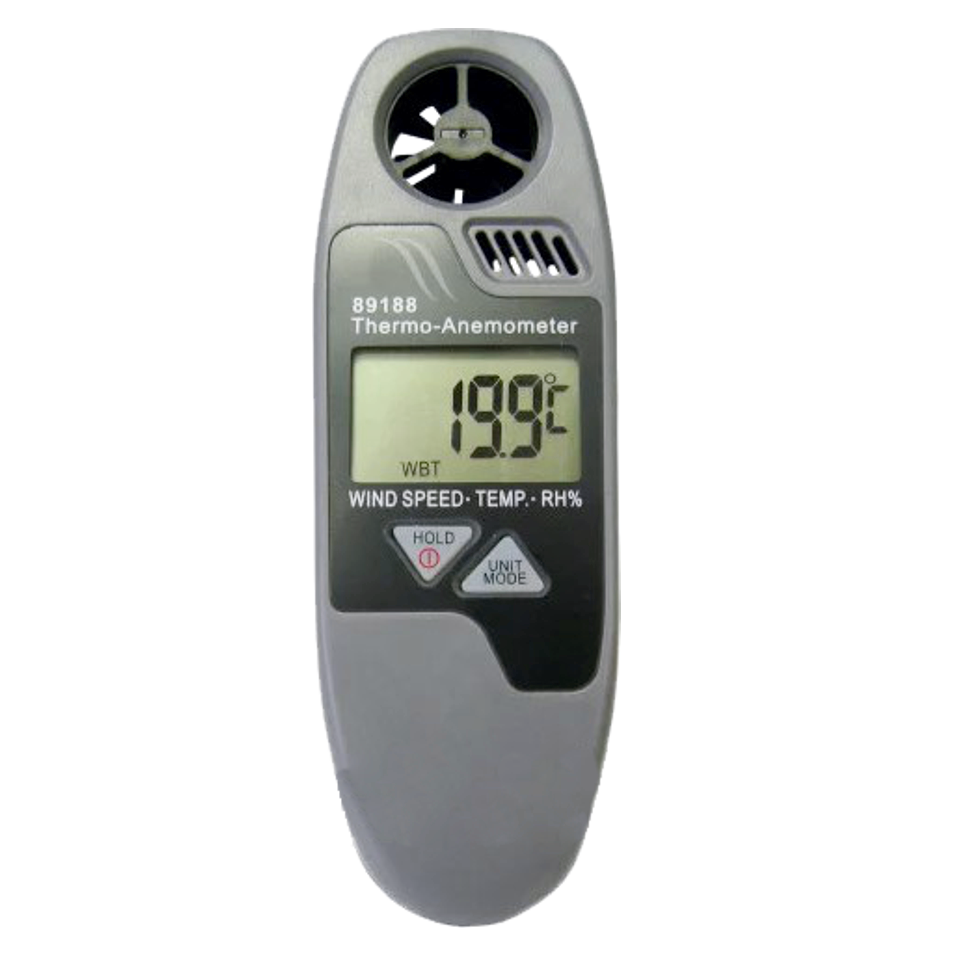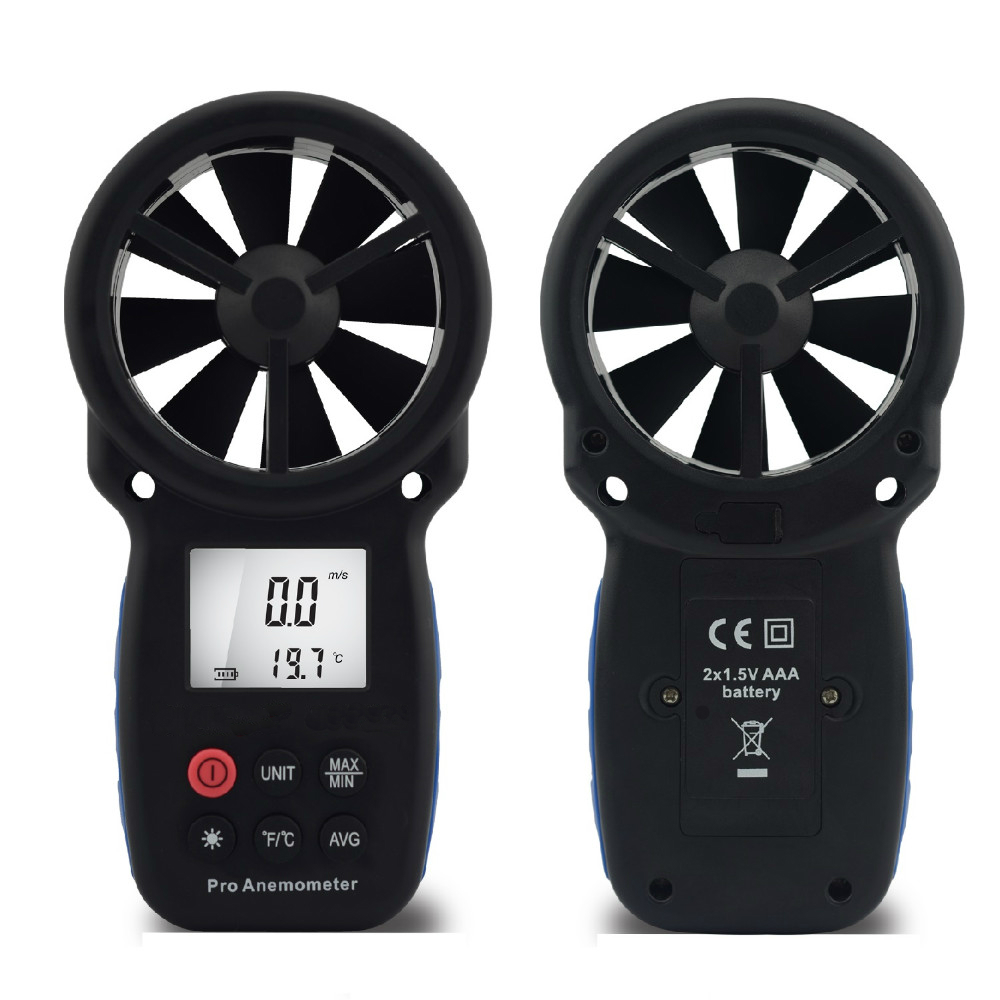Professional Tips for Adjusting Your Anemometer for Optimal Efficiency
Professional Tips for Adjusting Your Anemometer for Optimal Efficiency
Blog Article
Anemometers Revealed: Comprehending Their Importance in Environmental Tracking and Precaution
The function of anemometers in environmental monitoring and precaution is often underestimated, yet their significance is obvious. These tools have a lengthy history rooted in scientific questions and technical improvements, progressing to end up being important devices in numerous fields. From meteorology to aeronautics safety and security, anemometers play an important duty in supplying precise data that educates decision-making processes and enhances total safety and security. Comprehending the intricacies of anemometers introduces a globe of crucial insights that are essential to our understanding of the environment and the actions we require to make certain security.
History of Anemometers
The development of anemometers can be mapped back to the old civilizations where fundamental wind gauging devices were very first used. One of the earliest known anemometers was the hemispherical cup anemometer developed by Leon Battista Alberti in the 15th century.
Over the years, improvements in modern technology led to the growth of more modern anemometers, including ultrasonic anemometers and laser Doppler anemometers, offering increased precision and effectiveness in measuring wind speed and instructions. The background of anemometers showcases an exceptional trip of advancement and development in the field of meteorology.
Sorts Of Anemometers
Throughout the area of meteorology, various kinds of anemometers have actually been developed to accurately gauge wind speed and direction. One of the most typical type is the mug anemometer, which includes three or 4 cups placed on straight arms that rotate with the wind. As the mugs spin, the speed at which they revolve is directly symmetrical to the wind speed. Another extensively utilized kind is the vane anemometer, which features a tail or fin that aligns itself with the wind instructions. This alignment permits the gadget to establish the wind instructions. Sonic anemometers use ultrasonic signals to gauge wind speed and instructions accurately. They are generally utilized in study applications because of their high accuracy. Hot-wire anemometers operate based upon the principle that the cooling result of wind on a heated cord is proportional to the wind rate. These anemometers appropriate for determining low wind speeds with high precision. Each sort of anemometer has its toughness and is chosen based upon the specific demands of the monitoring task available.
Applications in Weather Forecasting
Having actually discussed the different kinds of anemometers utilized in meteorology for measuring wind speed and instructions, it is necessary to discover their practical applications in the area. Anemometers play an essential duty in weather forecasting by providing exact and real-time information on wind conditions (anemometer). Meteorologists make use of anemometers to check wind speed and direction to forecast weather condition patterns, problem warnings for extreme climate events like twisters, storms, and typhoons, and assess atmospheric conditions for aeronautics safety
In meteorology, anemometers assist in recognizing regional and neighborhood wind patterns, which are essential for anticipating weather condition changes and identifying weather fads. These gadgets are also made use of in research study to examine microclimates, urban warmth islands, and air pollution dispersion. In addition, anemometers are utilized in agriculture to enhance crop management practices, such as watering and pesticide application, based upon wind conditions.
Importance in Aeronautics Security
An essential facet of making sure aviation safety and security hinges on the thorough tracking of wind problems utilizing anemometers. Anemometers play an essential duty in aviation by supplying real-time data on wind rate and instructions, helping pilots in making educated decisions click over here now throughout touchdown, trip, and liftoff. Unpredictable and strong winds can dramatically impact airplane procedures, making it important for aeronautics authorities to rely upon precise wind dimensions to ensure the security of travelers and staff.

In the vibrant environment of air travel, where also minor adjustments in wind speed and direction can have extensive effects, anemometers stand as vital tools for promoting secure and secure air travel.
Function in Environmental Study
Anemometers play a critical duty in ecological study by providing important data on wind speed and direction. By accurately measuring wind characteristics, anemometers help researchers assess the activity of toxins in the air, analyze the influence of commercial discharges, and anticipate the spread of pollutants in the environment.


Verdict
In verdict, anemometers have actually played a crucial duty in ecological monitoring and precaution. With an abundant background and numerous types available, these tools have been commonly utilized in weather forecasting, aviation safety, and environmental study. Recognizing the importance of anemometers is crucial for accurately measuring wind rate and direction, which is vital for anticipating climate patterns, making sure risk-free aeronautics procedures, and conducting environmental research studies - anemometer. Their contributions to these fields can not be taken too lightly.
One of the earliest recognized anemometers was the hemispherical mug anemometer developed by Leon Battista Alberti in the 15th century. Over the years, improvements in innovation led to the discover here growth of more contemporary anemometers, consisting of ultrasonic anemometers and laser Doppler anemometers, supplying raised precision and effectiveness in determining wind speed and direction. Hot-wire anemometers operate based on the principle that the cooling impact of wind on a warmed cord is symmetrical to the wind rate. Meteorologists use anemometers to keep an eye on wind rate and instructions to anticipate weather condition patterns, issue cautions for serious weather condition events like storms, tornadoes, and storms, and evaluate climatic problems for aviation safety.
Recognizing the relevance of anemometers is necessary for precisely gauging wind rate and instructions, which is crucial for anticipating weather condition patterns, guaranteeing secure aeronautics operations, and performing ecological research studies. (anemometer)
Report this page